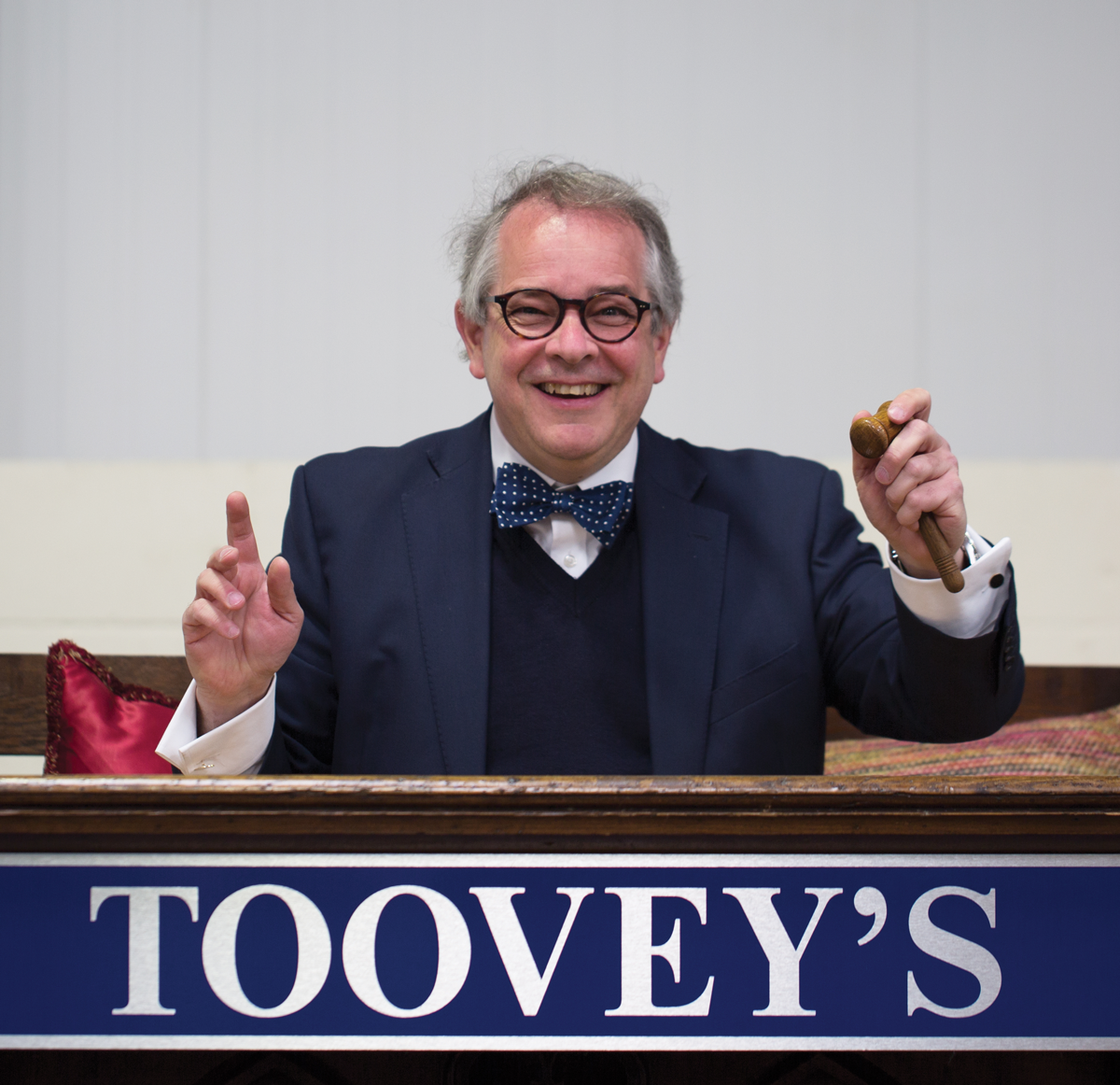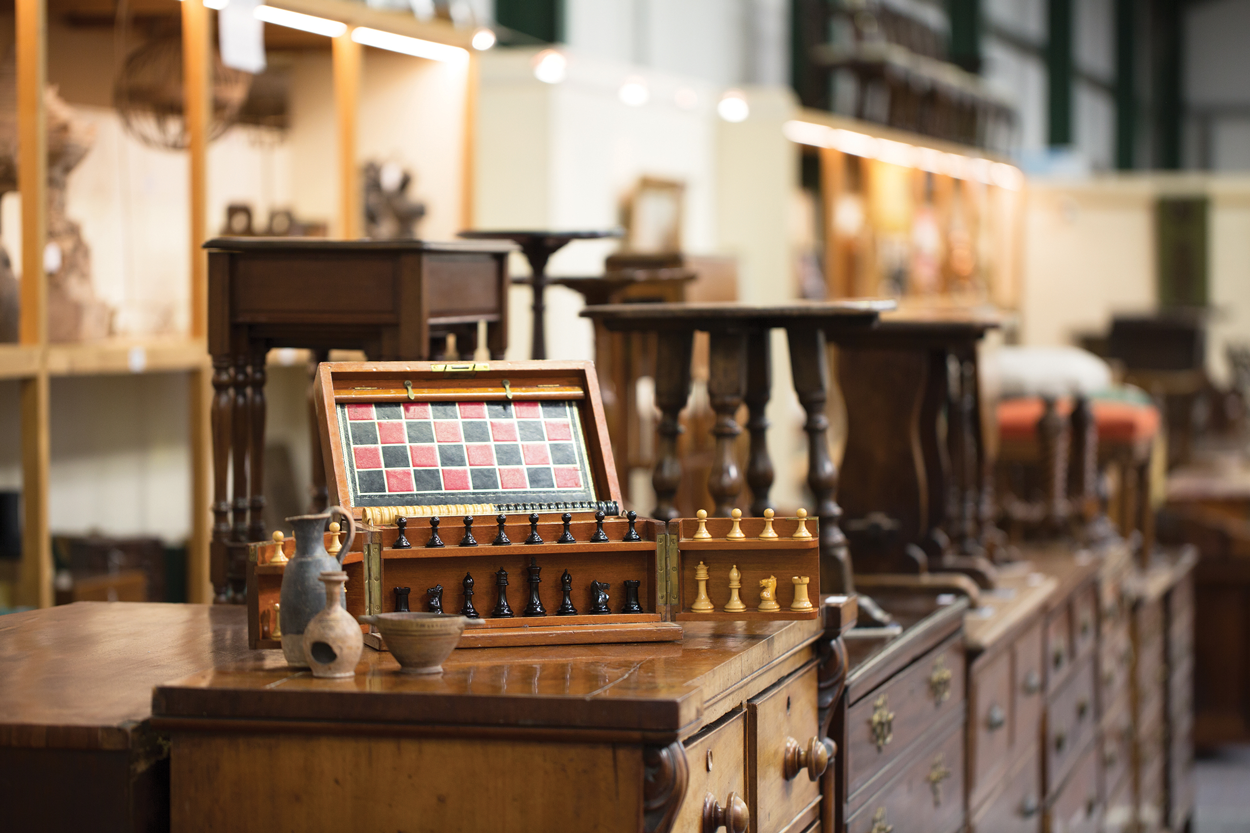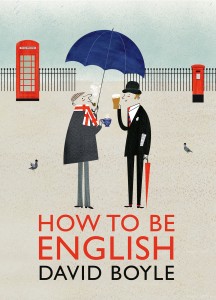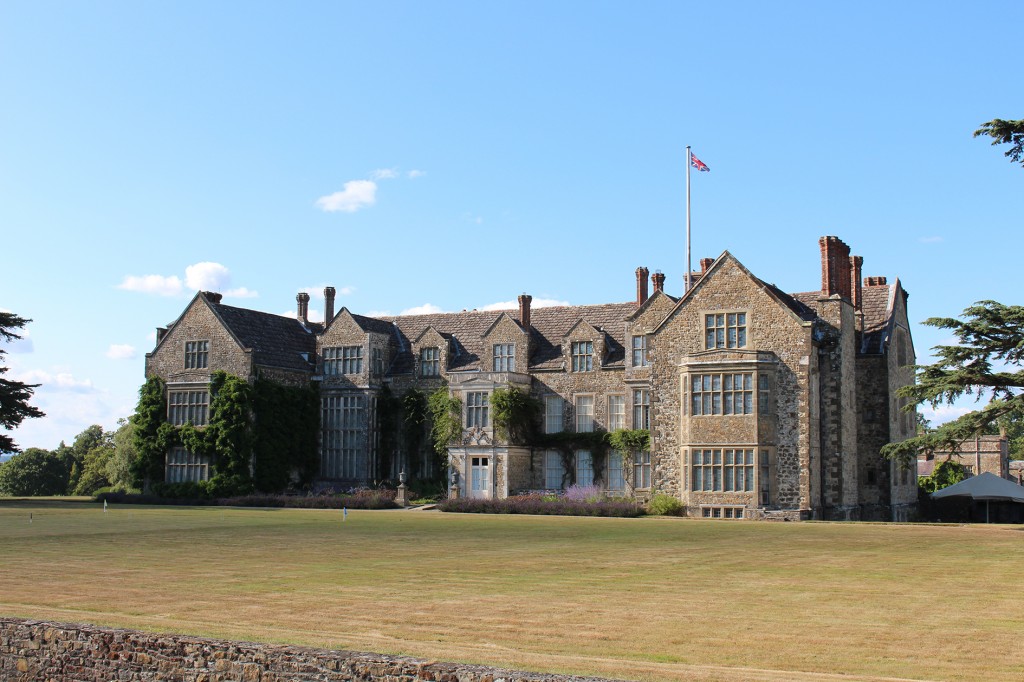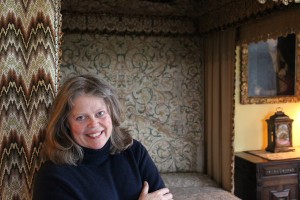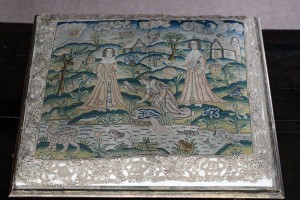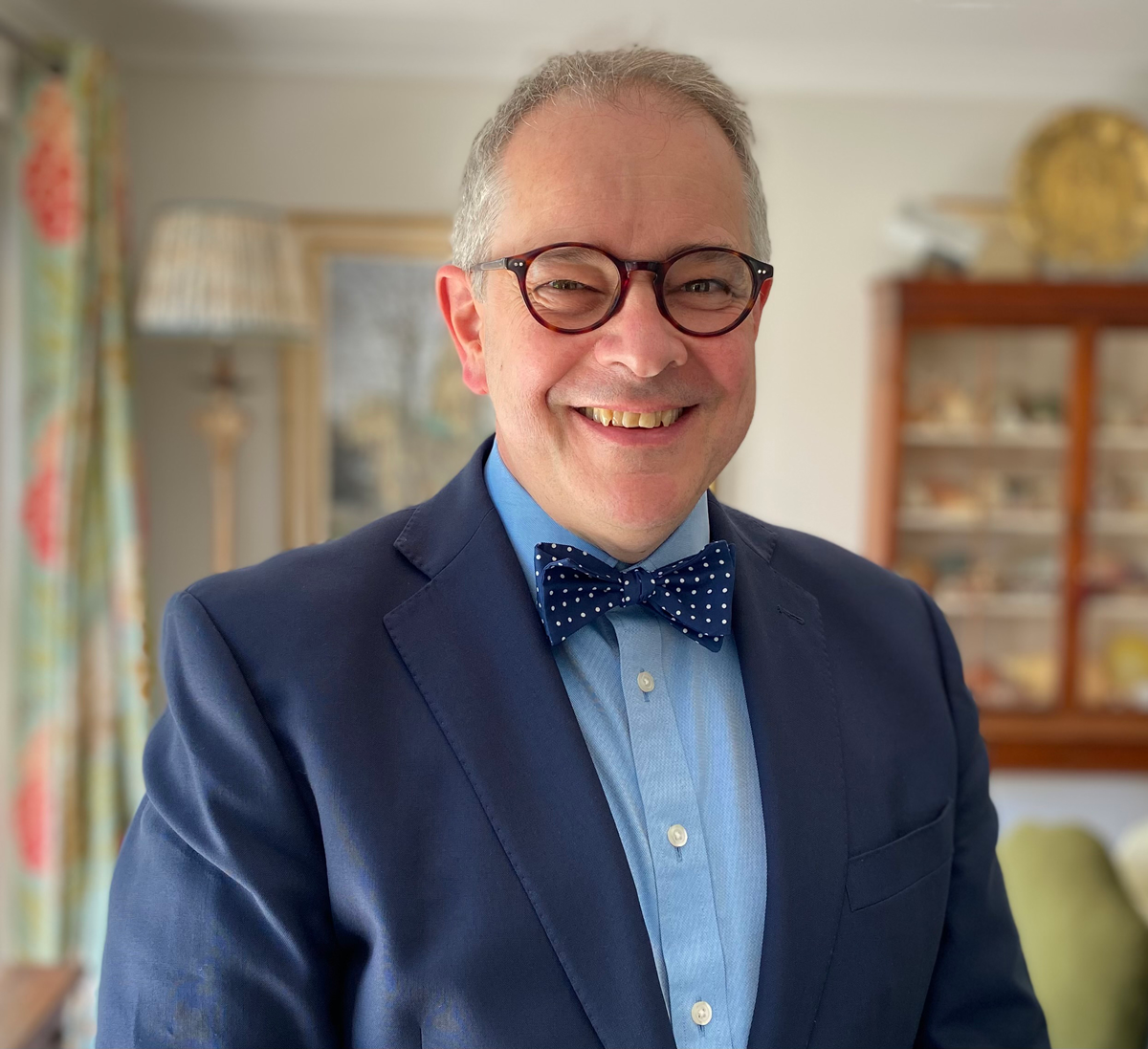
The directors and staff at Toovey’s would like to congratulate Rupert on his appointment as a Deputy Lieutenant for West Sussex. Appointment to the office of Deputy Lieutenant is in recognition of distinguished service to the community, or to the country or county.
Throughout his career, Rupert has supported charities and communities across the county both personally and through his business. As an art historian he has a particular interest in medieval wall paintings and Modern British Artists working in Sussex. He is a Fellow of the Society of Antiquaries in London, and a Fellow of the Royal Institution of Chartered Surveyors. He remains a keen advocate for building communities through art, music and heritage. In 2010, Rupert was ordained in the Church of England. He serves as a self-supporting Priest in the Diocese of Chichester whilst working full-time at Toovey’s. In short, his appointment is very well deserved!
